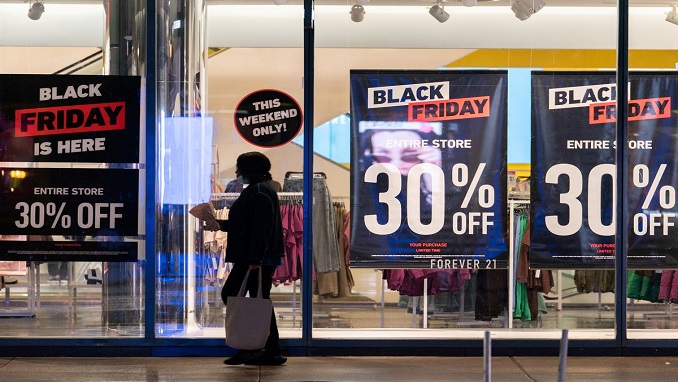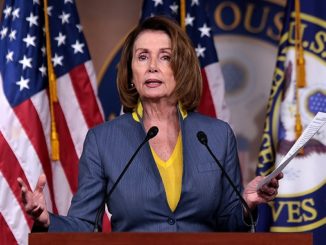
Billions of dollars are at stake in a puzzling holiday shopping season. The shopping season promises to be unpredictable. Retailers and consumers are figuring out how much they can spend, and what should be prioritized.
Two pandemic holiday seasons already messed with the shopping industry, and retailers were hoping this would be an easy year and a return to normal.
But just as it started to seem like families and stores could return to normal, along came near-record inflation and an overall general unease about the state of the world.
Shoppers are confused about whether they should buy now or later, and how much they can spend.
Inflation continues to be a big issue. Higher prices on all sorts of items have made people rethink what they are buying and whom they are buying it for. While inflation is moderating slightly, it still remains at the highest levels for years.
Shoppers were expected to turn out in record numbers for Black Friday deals. But with inclement weather as well, thin crowds were seen at normally packed stores.
An estimated 166.3 million people are planning to shop from Thanksgiving Day through Cyber Monday this year, according to the National Retail Federation, almost 8 million more than last year.
Americans, especially from low-income households, are expected to pull back on their holiday shopping this year as inflation and higher energy prices pinch their spending power.
A survey of nearly 1,700 U.S. consumers by S&P Global Market Intelligence shows that 26 percent of respondents are looking to spend less this holiday season, and 66 percent say they will spend roughly the same amount as last year. Only 7 percent say they will spend more.
There is also an increase in pressure on workers, fearing for their own health and safety. From Thanksgiving through Christmas, pressures mount for those charged with servicing the consumer period. Retail workers face busy, stressful holidays.
Workers have had enough. Many are fighting to unionize and raise wages. Workloads increase significantly around the holidays. And the attitudes of management and customers worsen.
Workers get squeezed to prepare for sale events, influxes of customers, keeping shelves stocked, and keeping the stores clean.




Be the first to comment